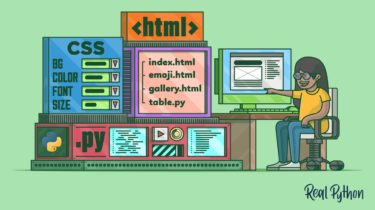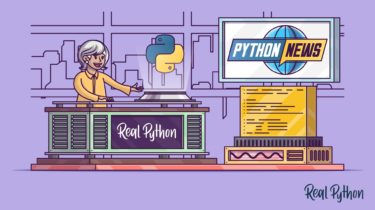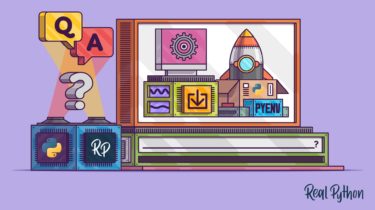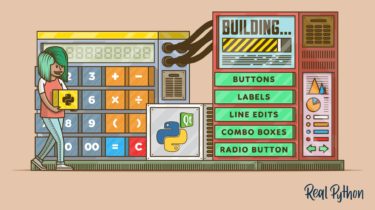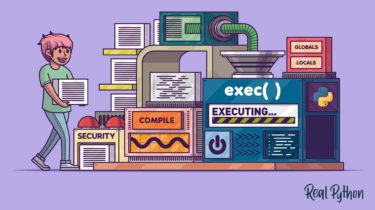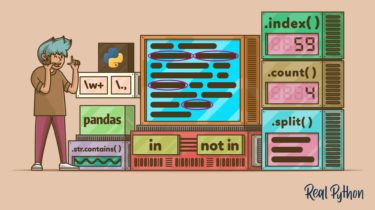Pump It Up: The EDA
Part One: The data When looking for projects to boost my data cleaning, exploratory data analysis (EDA) and machine learning skills, I came across the DrivenData website and I was sold. I get to hone my skills and contribute to a social challenge — specifically the
Read more
